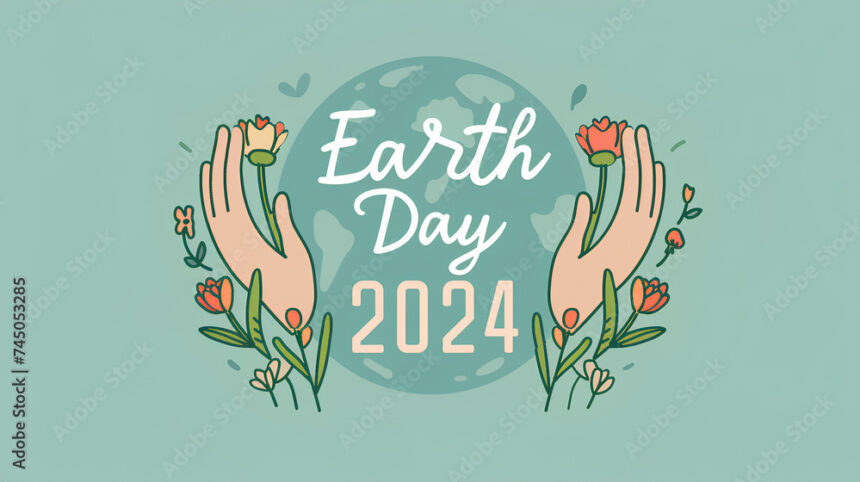Earth Day 2024 is Monday 22 April. Earth Day is an opportunity to appreciate environmental protections for our planet. This year, I’m raising a pressing question: Is technology a boon or a bane for our planet? Let’s explores the intricate relationship between technological advancements and environmental sustainability.
The dialogue around technology’s role in our environment is increasingly complex as various innovations show both promise and concern that impacts on the Earth. This article delves into how technology is shaping our environmental strategies, the consequences of its widespread use, and the balance we need to achieve for a sustainable future.
What’s Happening & Why This Matters
Technology has woven itself into every aspect of life today. Moreover, its headway into environmental management from renewable energy solutions to pollution control technologies. Here’s the current landscape:

- Renewable Energy Advancements: Innovations in solar, wind, and hydroelectric power have significantly increased the accessibility and efficiency of renewable energy sources. These technologies are crucial in reducing our dependence on fossil fuels and decreasing greenhouse gas emissions.
- Pollution Monitoring and Control: Cutting-edge sensors and AI-driven platforms now allow for real-time monitoring and control of environmental pollution. This capability is pivotal in managing urban air quality and water purity.
- Waste Management Technologies: Developments in recycling and waste processing technologies have improved our ability to manage waste more effectively, reducing landfill usage and environmental toxins.
In recent years, new technologies are posing greater risks to the environment. Cloud computing — fast processing performed by highly available, distributed servers — is the backbone to our most popular innovations: artificial intelligence, streaming media, cryptocurrency & blockchain. These services are high-demand products that push energy consumption.The proliferation of these technology poses several serious environmental challenges:

- Resource Depletion: The manufacturing of technological devices and infrastructure consumes significant amounts of raw materials and energy, often sourced unsustainably.
- E-waste and Pollution: With rapid technological obsolescence, electronic waste has become one of the fastest-growing waste streams, contributing to both pollution and health hazards.
- Carbon Footprint of Digital Services: The energy demand of data centers, which power everything from cloud computing to online streaming, has a substantial carbon footprint.
Impact and Key Actions
Governments, industries, and environmental organizations are taking steps to mitigate the adverse effects while enhancing the benefits of technology. These actions are pivotal in shaping how technology will influence our environmental future:
- Regulations and Policies: Stricter regulations are being implemented to reduce carbon emissions from tech industries and promote sustainable manufacturing practices.
- Innovative Environmental Tech Startups: A surge in eco-friendly startups is focusing on creating sustainable technologies that minimize environmental impact.
- Public Awareness and Education: Increasing efforts in education are helping the public understand the environmental costs of modern technologies and encouraging more sustainable consumer behaviors.
TF Summary: What’s Next
The relationship between technology and the environment will hinge on innovation and regulation. As we continue to develop and deploy new technologies, it is crucial to assess and address their environmental impacts.
Future developments will focus on enhancing the sustainability of tech products throughout their lifecycle. Companies will find innovative solutions to repair the damages already inflicted on our planet. We can use Earth Day 2024 as a reflective date on our progress. Earth Day 2024 can help us redefine the paths toward better technologically advanced, environmentally sustainable future.


